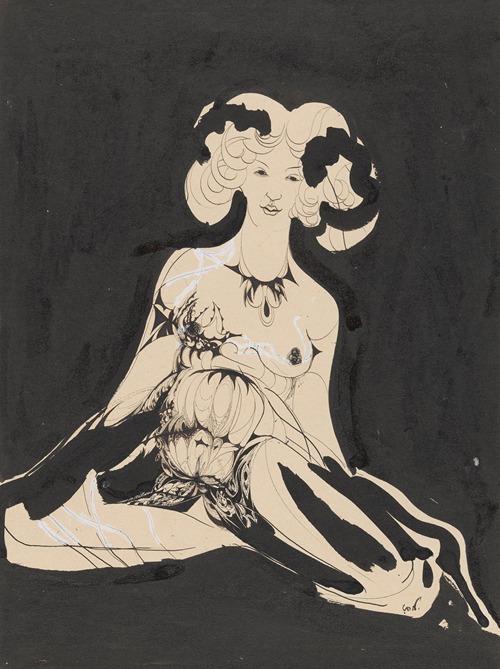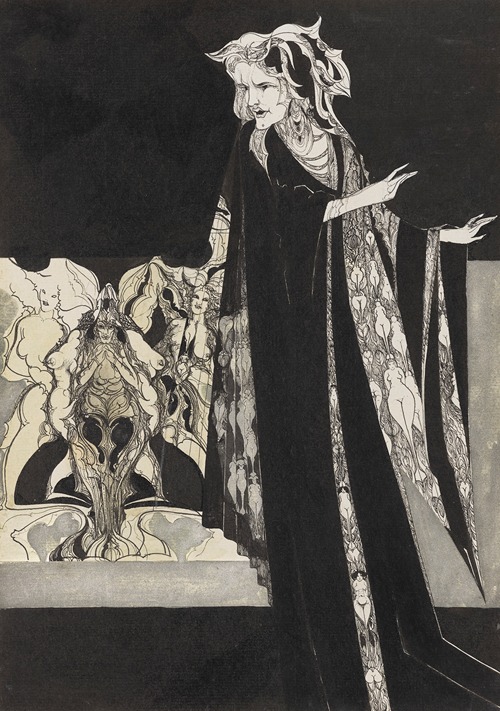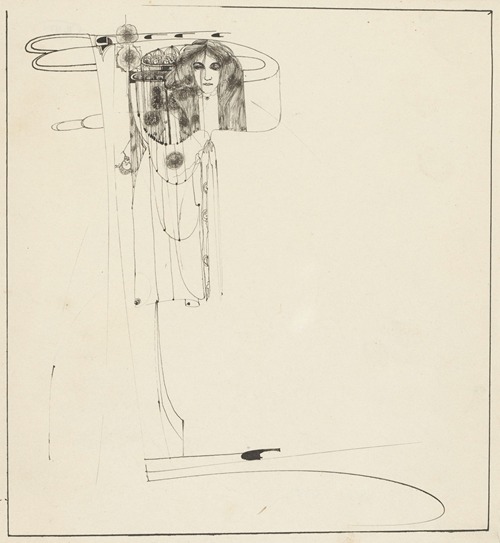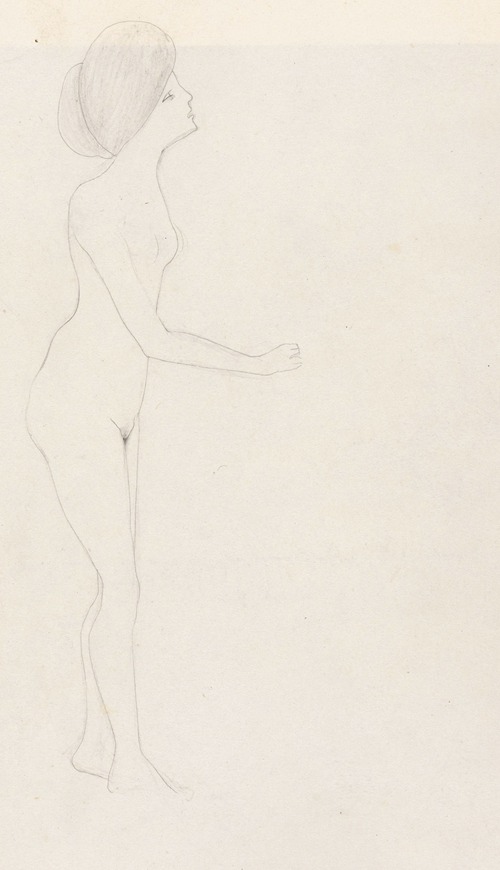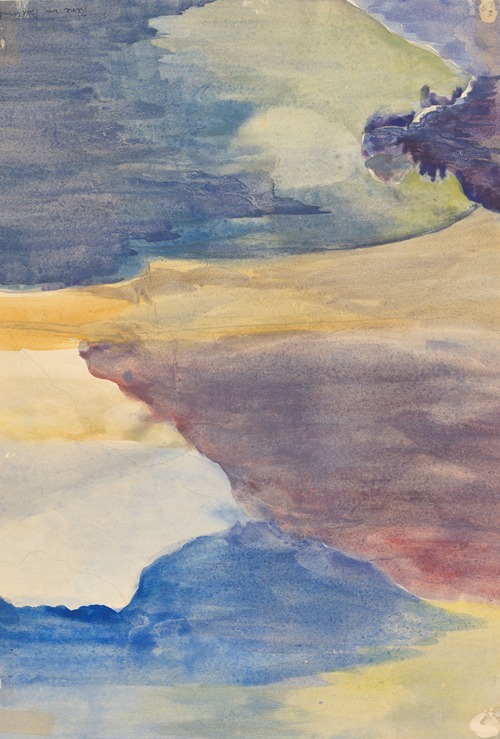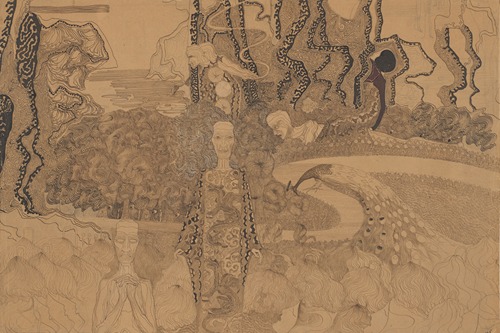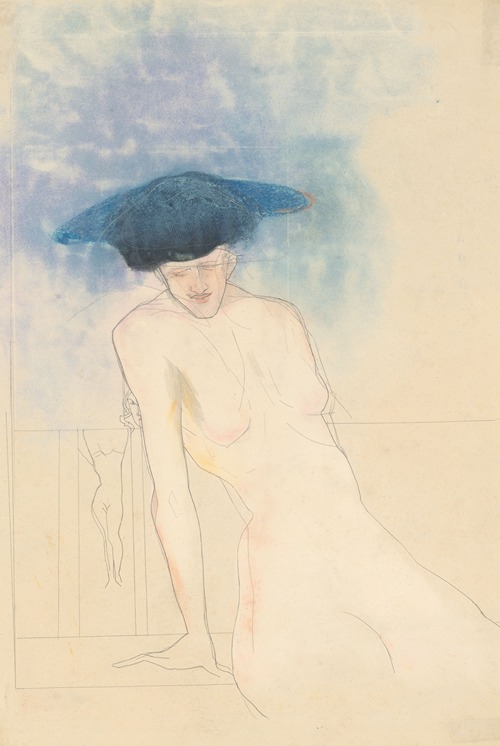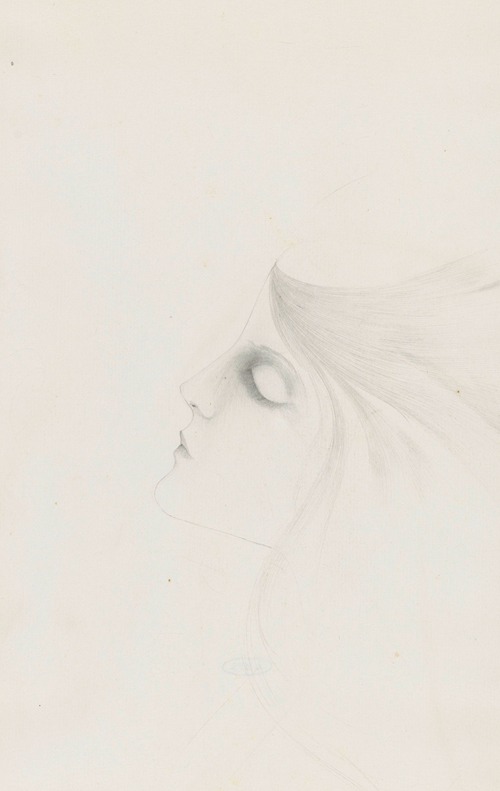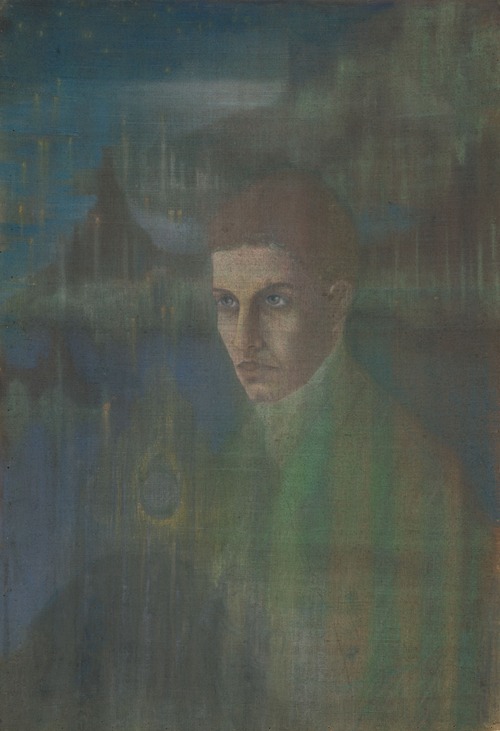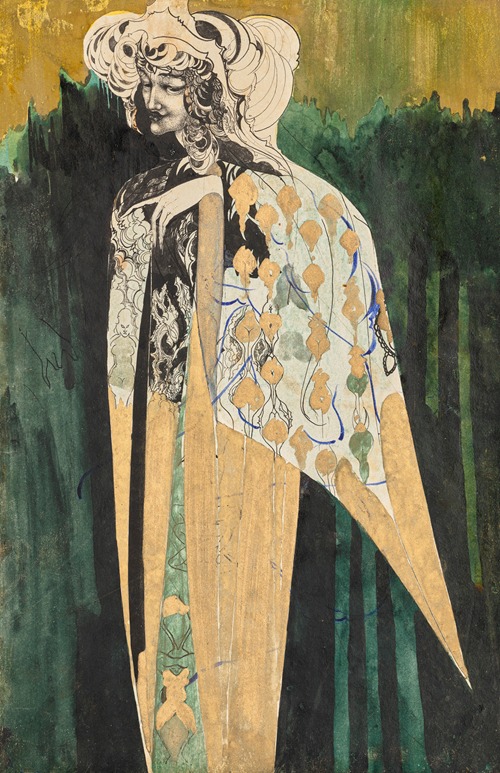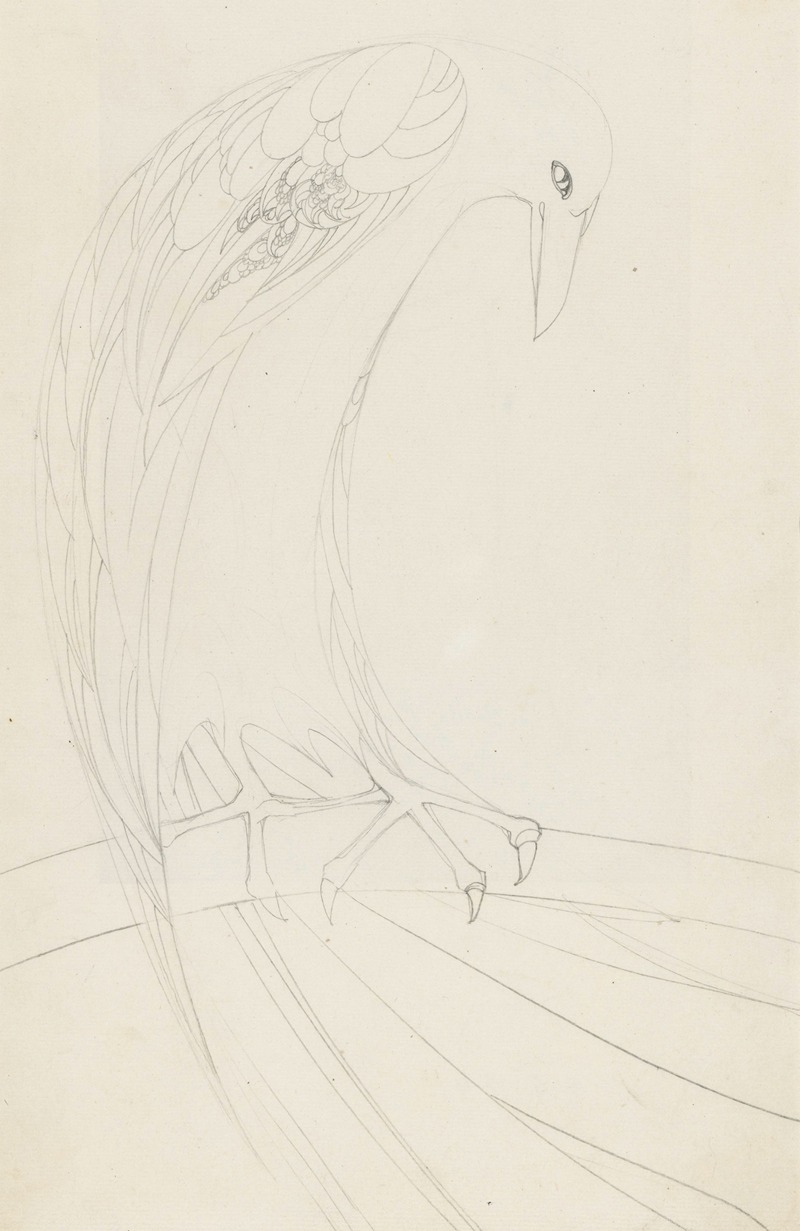
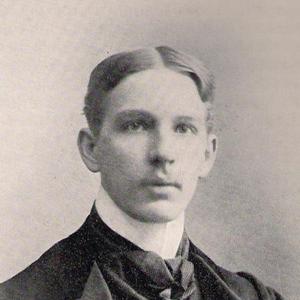
Christophe Karel Henri (Karel) de Nerée tot Babberich was a Dutch symbolist artist who worked in the decadent and symbolist style of Aubrey Beardsley and Jan Toorop.
De Nerée was born in Zevenaar (The Netherlands) on Huize Babberich, the son of Frederick Nerée tot Babberich (1851–1882) and Constance van Houten (1858–1930).
De Nerée began drawing and writing in 1898. De Nerée's literary writing and art work was very much inspired by decadent and symbolist authors such as Charles Baudelaire, Paul Verlaine or Gabriele d'Annunzio, and artists as de Feure, Goya, Johan Thorn Prikker, and Jan Toorop. He more and more focused on his art. Only posthumously, in 1916, two poems were publiced in a French periodical.
In 1901, the Nerée worked in Madrid for Foreign Affairs He caught TBC, a disease that would determine his further life. In Madrid De Nerée was visited by his friend Henri van Booven, the future biographer of Louis Couperus, who later gave a thinly veiled report of this visit in his novel Een liefde in Spanje ('A Love in Spain', 1928). De Nerée also inspired Van Booven to write his volume of (prose) poems Witte Nachten ('White Nights', 1901) and the novel Tropenwee ('Tropical Agony', 1904), the latter being a Conrad-like report of his traumatic visit to the Belgian Congo. In his turn Van Booven gave De Nerée The Early Work (1899) by Aubrey Beardsley. This was obviously great influence on De Nerée's style of drawing. Later, around 1904-1905, he developed his own unique style. The themes, usually 'femmes fatales' or clownesque figures, gold nuances and symbolism of these works often recall associations with the best wor He is one of the few 'decadent' Dutch representatives of the European symbolist movement.
During his life he did not exhibit; he was a well-known society figure. Sometimes he gave friends drawings and around 1905 he sold several works to mainly German collectrots. Due to his poor health, drawing and painting became ever more difficult after 1906-1907. The little known works from his later period are characterized by their colors and modernist compositions. He died on 19 October 1909 at 29 years of age, in the southern German town of Todtmoos. He was buried in Clarens, near Montreux.
The nature of his work, the Beardsley-replication and the somewhat 'decadent' character, set de Nerée naturally in a somewhat isolated position in art history. During the twentieth century, however his work was exhibited several times and he has received a well deserved small but firm place in European art history around 1900.
